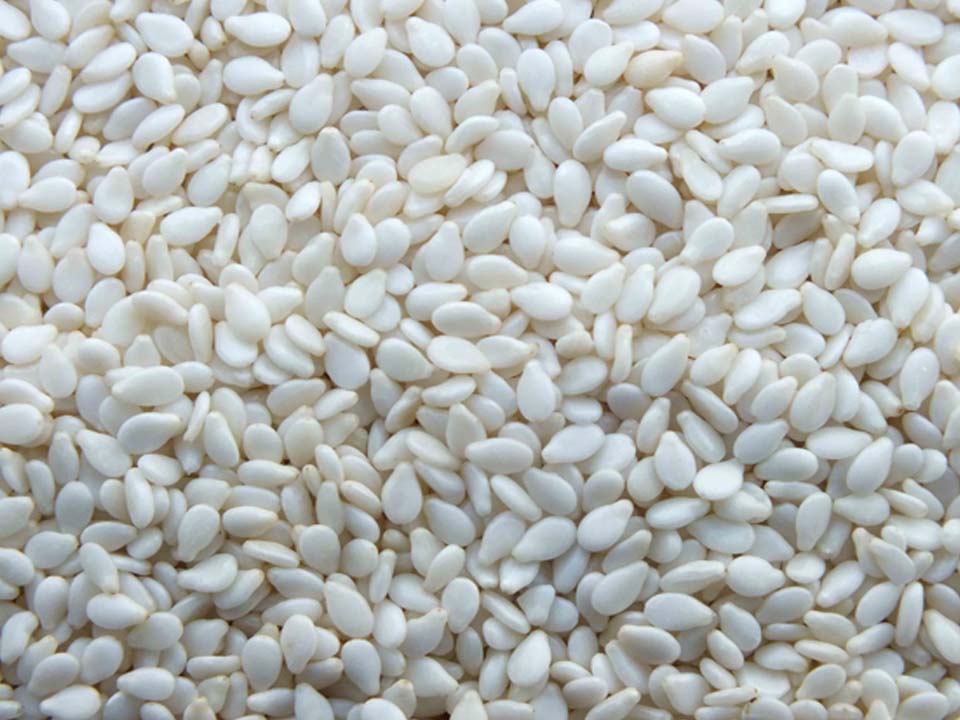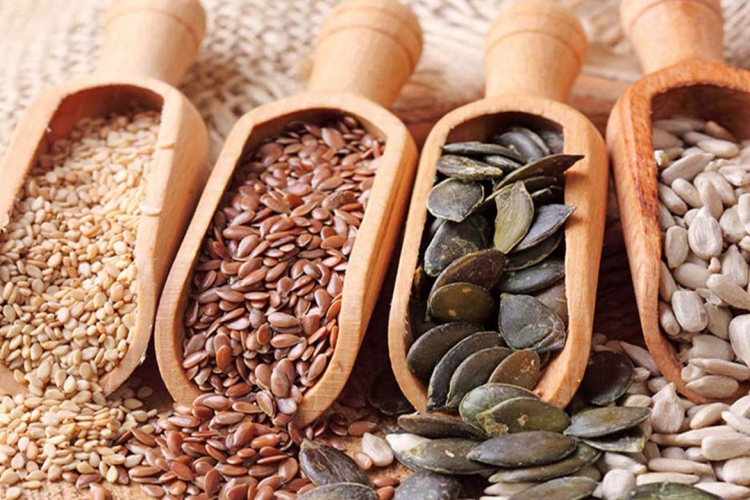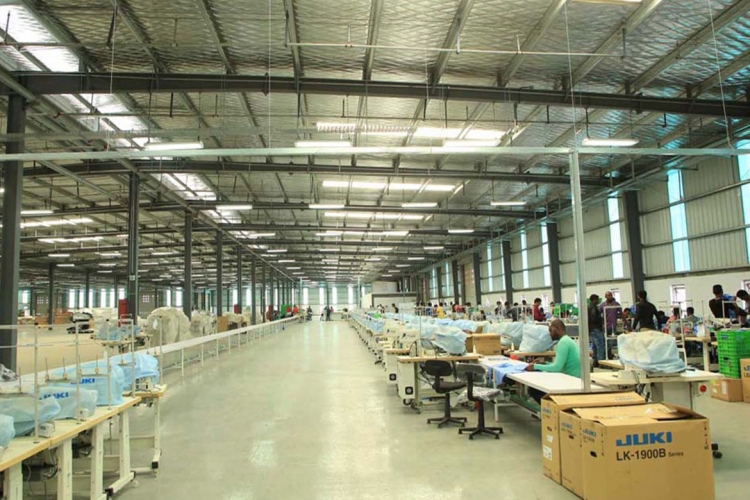Sesame Seed Humera Type Machine Cleaned
Domestic Scenario: Ethiopia is known to be the center or origin and diversity for cultivated sesame. Sesame seed is one of the oilseed crops grown in Ethiopia. Sesame (Sesamum indicum L.) is one of the oldest cultivated plants in the world. Today, India and China are the world's largest producers of sesame, followed by Burma, Sudan, Mexico, Nigeria, Venezuela, Turkey, Uganda and Ethiopia.
Agro-Ecological Conditions: The growth of sesame is in determinant, as the plant continues to produce leaves and flowers so longs as the weather permits. Weighing roughly one ounce each, seeds of lighter colors are considered of higher quality. Sesame is drought tolerant though not tolerant of water logging.
While it has the potential to grow in different parts of the country, sesame grows mainly in the northern and northwestern regions of Ethiopia (Humera and Wellega). For areas with shorter rainy season periods, the planting period should fall immediately after the onset of the rainy period (June to mid-September). The planting period for areas with longer rainy seasons (late May to October) the planting period should fall in the middle of that period, during which the farmer can benefit from both the rain and sun. Additionally, sesame seed can grow well in lowland/humid areas with altitudes of up to 1,250m with preferred rainfall of 500-800mm.
Domestic Production: In 2005/06, Ethiopia's volume of main season sesame seed production was .16 million tons. During the same year, sesame seed accounted for 1.2 % of major crops production (including oilseeds and pulses). For the period, 1998/99-2005/06, main season production of sesame seed, on average, accounted for 0.5% of total national major crop production that includes cereals, pulses and oilseeds. In the last five years, the main season yield of sesame seed has reached a high of .89 tons per hectare.
Commercialization: Crop utilization survey data shows that, of the total national production of sesame seed, 32.31% was utilized for household consumption, 57.66% for sale; while the balance was used for seed, wage in kind, and animal feed.
In general, research result shows that, excluding the volume of grain set aside for consumption, seed and feed, 28% of total grain production (including oilseeds and pulses) is marketed, of which 40% is accounted for by oil seed crops in general.
Global Scenario: Ethiopia is a major sesame seed exporter in the world market. In 2005/06 Ethiopia exported 237, 565 tons valued at about 197.9 million USD (84 million Birr), accounting for roughly 94% of the total export earning from oilseeds and 19% of total national export earning. This increase in global demand has turned the highly domestic consumption item into an important export commodity. The world production of sesame seed, in 2004, reached 3.3 million tons in 2004, with world exports totaling 802,063 /valued at 650 million USD/ and volume of world imports reaching 903,368 tons /valued at 846 million USD/.
Specification
Purity: 99.98% MIN
Admixture: 0.1% MAX
Oil Content: 50% MIN
Moisture Content: 7% MAX
FFA: 1% MAX
Foreign Material: 0.02% MIN
Free from dead and alive insects or weevils, fumigated prior shipment.




